Not only is the order fulfilment procedure a necessary component of every company’s operations, but in the e-commerce sector, it is a lifeline. Any e-commerce company’s most important component is this series of actions that guarantees consumer orders are accepted, routed, and delivered fast and precisely.
Order fulfilment is a major factor influencing customer happiness and loyalty, not only a process. It directly influences delivery times and order accuracy. Thanks to the rapid advancements in technology, e-commerce and business owners now have the opportunity to revolutionise this process through automation and advanced inventory management systems, potentially enhancing their operations significantly.
Order Fulfilment Process
The order fulfilment process kicks off with a crucial step: customers initiate the process by placing an order through various networks, including online stores and mobile apps. This initial action sets the entire process in motion. Subsequently, orders are administered to confirm payment, authenticate inventory availability, and prepare for fulfilment. Products are then manually repossessed from the inventory storage area or automated using picking technologies.
Regarding client happiness, effective delivery strategies are absolutely important. Products are painstakingly wrapped to guarantee their safety on route. After that, a shipping firm such as Prolog—which has standard, expedited, and same-day delivery options—handovers the order. Still, it’s important to keep in mind that if they don’t get them within a week, a shockingly 38% of internet purchasers may abandon their orders. This figure emphasises the seriousness of the problem and the immediate requirement of bettering shipping strategies.
The last step in the order fulfilment cycle is product delivery. Buyers can track their packages’ whereabouts using the tracking number provided by the delivery service. Companies help ensure everything goes well after delivery by letting customers know when their orders have arrived and providing instructions for refunds or exchanges.
9 Strategies to Optimise Global Fulfilment Operations
E-commerce sales are predicted to increase progressively in the future. Now, of all times, brands and merchants need to fulfil orders professionally and speedily. The following are the order fulfilment strategies to maximise the performance of global fulfilment operations:
-
Allocate Necessary Resources For Fulfilling Orders
Take your time getting things ready to ship orders. E-commerce fulfilment might need two or three times more space and workers than a regular warehouse. Make sure you have enough of both from the start. Picking, packing, and sending out online purchases takes much more work than storing regular stuff.
-
Make The Most Of Your Warehouse Space
Design your store to hold more material and make it easier to pick items. E-commerce warehouses store several products in a small space due to their high ceilings, narrow pathways, and well-organised shelves.
Warehouse management optimises order fulfilment. Amazon uses advanced warehouse management to fulfil orders quickly and efficiently. When products arrive at their warehouse, they are scanned and stored in available spaces rather than being grouped together. This random storage system saves space and time.
When a customer places an order, the system finds where each item is stored and creates the best route for picking it up. Robots often bring shelves to workers so they don’t have to walk far to get items.
After picking, items are quickly packed and labelled for shipping. The system also chooses the best shipping method to ensure fast delivery. This efficient process helps Amazon offer quick delivery options like same-day or next-day shipping, keeping customers happy.
-
Be Organised For Your Business To Develop And Alter
91% of people said they would work more efficiently with an organised workplace. To manage the growth of your business, you have to think more about space, employees, and technology. Make some strategies like offering subscriptions to sell products on websites.
-
Invest In Technology
Investing in new technologies like robots, high-tech machines, and other automated systems can revolutionise your warehouse operations. According to a McKinsey report, 70% of companies have shifted to digital modification in logistics, and 39% of businesses reported efficiency due to these technological adaptations. This shows the immense potential for improvement and growth in your operations.
-
Get Your Products Closer To Your Customers
The secret of fast product sales lies in proximity to your customers. Delivery times and costs are directly proportional to the product’s distance from the consumer. By strategically choosing warehouse locations that are closer to your target market, you can deliver products as soon as possible, maximising customer satisfaction. This underscores the importance of strategic planning and decision-making in your fulfilment operations.
-
Keep Track Of Your Inventory Like a Pro
72% of retailers are altering their operations using real-time visibility to improve productivity and client satisfaction. Therefore, the real-time visibility system can help them provide real-time updates regarding the client’s order, including product stock and other essential details. The capacity to make better decisions, reduce the likelihood of stockouts or overstocking, and improve the accuracy and speed of order fulfilment is a boon to firms. You can follow these steps to track your inventory:
- Firstly, list down the best way to collect new products.
- Secondly, restock shelves, then put items in boxes.
- Finally, ship them out.
If you have warehouses in multiple locations, a particular computer system can help you see all your catalogues and determine the best place to fulfil each order. This system can also show customers if something is in stock and allow them to track their orders.
-
Reconsider Your Shipping Options
To keep shipping costs down, be smart about how you ship things. You can expressively increase efficiency and customer satisfaction by offering several shipping methods. You can use:
- Regional shipping companies(beneficial if you have a vast number of customers in a specific region)
- The postal service
- Particular ways (like ground shipping, air freight, etc.) to sort packages that save money.
-
Make Returning Things Easy
Processing returns can be time-consuming, so you’ll need experienced staff who can make good decisions about what to do with returned items. To keep customers happy, make sure your computer systems, warehouses, and shipping all work together to handle returns without difficulty.
-
Enhance Your Warehouse
There are always a lot of ways to make your warehouse run smoother. Unique methods like ‘Just-in-Time’ inventory management should be used to improve accuracy, speed, and cost. This process includes ordering and obtaining stock only when required. Also, it helps to reduce warehouse expenses and the risk of overstocking. Another helpful method is ‘Cross-Docking,’ which is unloading inventory from incoming trucks and directly loading them onto outbound trucks. This process will help reduce storage and handling time. No doubt, these methods can be highly beneficial to e-commerce warehouse inventory systems because they help reduce costs and enhance productivity and efficiency.
Conclusion
Optimising business is crucial for growth and development. Companies can optimise their fulfilment operations for productivity and cost-effectiveness by following the above-mentioned strategies. Adding technology and providing more shipping options plays a crucial role in optimisation. Moreover, keeping track of inventory and increasing customer responsiveness improve performance and customer satisfaction. This will help with faster delivery, better customer satisfaction, and modest superiority in the growing e-commerce business.







